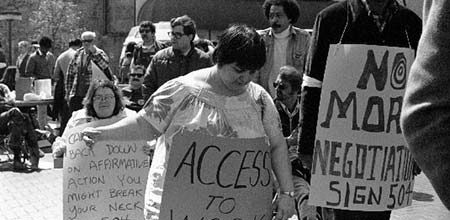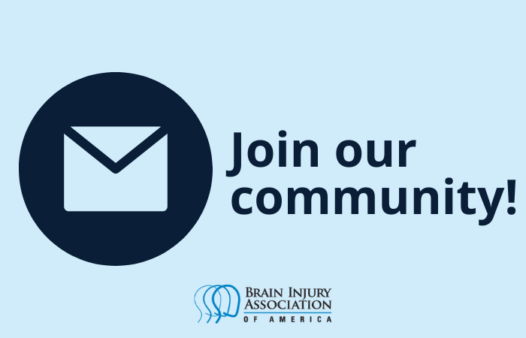Workforce Innovation and Opportunity Act
Categories: Education, Employment
The purpose of the Workforce Innovation and Opportunity Act of 2014 (WIOA) is to create a unified system of one-stop career centers for access to training and employment services to increase employment, retention, and earnings of low-income adults and youth and dislocated workers by consolidating job training programs into a single funding stream
President Barack Obama signed WIOA into law on July 22, 2014. WIOA amended the Workforce Investment Act (WIA) of 1998 (Public Law 105-220), which had replaced the Job Training Partnership Act (JTPA) of 1982 to consolidate multiple job training programs, including the Comprehensive Employment and Training Act of 1973, Manpower Development Training Act of 1982, and the Wagner Peyser Act of 1933.
Among the provisions, the WIOA:
- Reauthorized the Adult Education and Family Literacy Act (AEFLA),
- Changed the name of the National Institute on Disability and Rehabilitation Research (NIDRR) to the National Institute on Disability, Independent Living, and Rehabilitation Research (NIDILRR) and transferred the program from the U.S. Department of Education to the U.S. Department of Health and Human Services, (HHS) Administration for Community Living (ACL),
- Reauthorized the Assistive Technology Act,
- Transferred the Independent Living program and the Assistive Technology program from Education to HHS, and
- Reauthorized WIOA programs for six years, from 2015 through 2020.
WIOA added a fifth requirement to the core services provided by Independent Living (IL). That is, to (i) facilitate the transition of individuals with significant disabilities from nursing homes and other institutions to home and community-based residences, with requisite supports and services; (ii) provide assistance to individuals with significant disabilities who are at risk of entering institutions so that the individuals may remain in the community; and (iii) facilitate the transition of youth with significant disabilities, who were eligible for Individualized Education Plans and have completed their secondary education or otherwise left school, to postsecondary life. The previous law required information and referral services, IL skills training, peer counseling, and individual and systems advocacy.
Three federal agencies are responsible for implementing the WIOA. They are the Department of Labor (DOL) in coordination with the U.S. Departments of Education (ED) and Health and Human Services (HHS).





